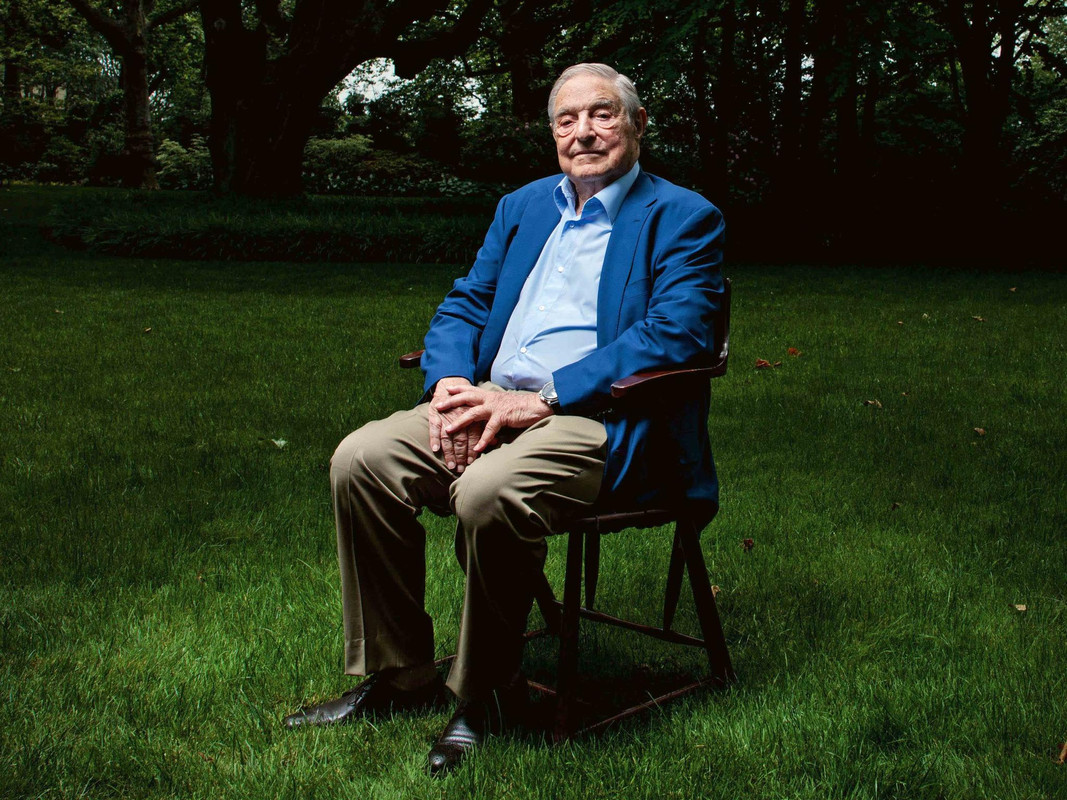Holi
The world is fascinating. People and cultures inspire us. Sadly, the fast paced lifestyles of our generation result in many not taking the necessary step back to soak in the existing world around us. Our goal with this film is to help viewers further appreciate and take notice of the beauty in life & culture that lies within our world...
...so the next time you notice something that strikes you as interesting, stop for a second, start powering on your camera, think about why it's unique, and snap the shot before you miss it. Life is extraordinary. Embrace it.

Holi is a religious spring festival celebrated by Hindus, as a festival of colors. It is primarily observed in India and Nepal. It is observed by the minority Hindus in Bangladesh and Pakistan as well in countries with large Indic diaspora populations following Hinduism, such as Suriname, Malaysia, Guyana, South Africa, Trinidad, United Kingdom, United States, Mauritius, and Fiji.
It is also known as Phagwah and Festival of Colours, or as Doajata in Orissa and Dol Jatra or Basantotsav ("spring festival") in West Bengal. Holi is of particular significance in the Braj region, locations traditionally connected to the Lord Krishna: Mathura, Vrindavan, Nandagaon, and Barsana, which become tourist destinations during the season of Holi.
Holi, also known as Dhuli in Sanskrit, or Dhulheti, Dhulandi or Dhulendi, is celebrated by people throwing scented powder and perfume at each other. Bonfires are lit on the eve of the festival, also known as Holika Dahan (burning of Holika) or Chhoti Holi (little Holi), after which holika dahan prayers are said and praise is offered. The bonfires are lit in memory of the miraculous escape that young Prahlad accomplished when Demoness Holika, sister of Hiranyakashipu, carried him into the fire. Holika was burnt but Prahlad, a staunch devotee of god Vishnu, escaped without any injuries due to his devotion. Holika Dahan is referred to as Kama Dahanam in South India.





